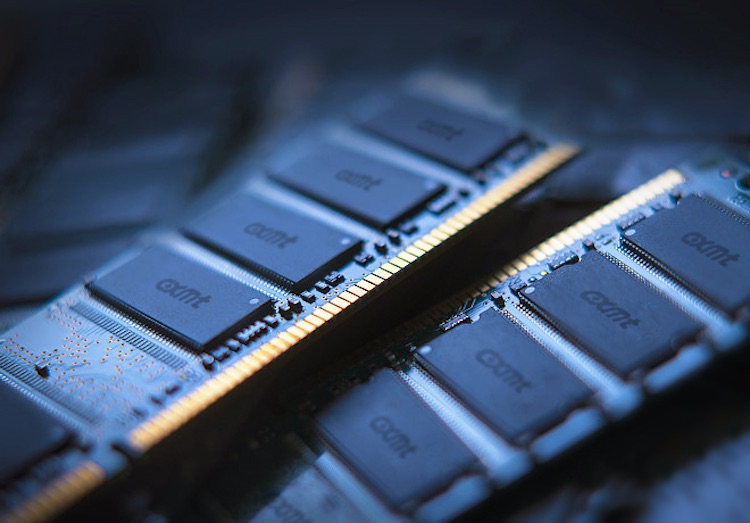
New Chinese chipmaker’s progress could ease pain of US restrictions
The progress made by a relatively new Chinese chipmaker, called ChangXin Memory Technologies, could help ease the pain caused by increasingly wide-ranging US restrictions against China’s tech companies.
US President Donald Trump has already effectively banned Huawei from doing business in the country, which has led to American companies to shun the Chinese telecommunications and smartphones giant. And in the latest move, as reported by the Wall Street Journal, the Trump administration has introduced new rules prohibiting non-US companies from selling any chips made using American technology to Huawei “without a special license”.
Huawei has found it difficult to source chips and other components for its equipment, for which, in turn, the company has found fewer buyers.
Being able to source chips in China would help Huawei and other companies that face de facto US sanctions, which are not yet law but could become so if US-China trade talks break down.
So far, the Chinese government has avoided retaliatory measures, but is considering a range of options in response. The main policy it has pursued, under the umbrella term “Made in China 2025”, is not actually in direct response to outside pressure, just a drive to boost its already strong manufacturing sector and encourage growth and advancement in key technologies such as computing, internet of things, robotics and automation.
The Made in China 2025 initiative was launched in 2015. A year later, ChangXin Memory Technologies was founded. And a couple of months ago, the company announced its first customers, effectively becoming the first Chinese company to design and produce dynamic random access memory chips, according to Nikkei Asian Review.
ChangXin is expected to produce 40,000 wafers a month. Simply put, silicon wafers are the material on which elements of the circuits – transistors, resistors, and capacitors – are basically embedded through numerous processes.
Silicon wafers are the fundamental building material for semiconductors, which, in turn, are vital components of virtually all electronics goods, including computers, telecommunications products, and consumer electronics.
The highly engineered thin, round disks are produced in various diameters – from one inch to 12 inches – and serve as the substrate material on which most semiconductor devices, or chips, are fabricated.
That figure of 40,000 wafers a month, which ChangXin may reach, represents approximately 4 percent of total DRAM capacity worldwide, according to Taiwan-based consultancy TrendForce.
This would be a significant portion of the market for a startup to capture, if it happens.
According to the semiconductor manufacturing industry association, SEMI, worldwide silicon wafer shipments rose 8 percent in the second quarter of 2020 compared to the first quarter of the year, so the market is growing.
SEMI also tracks semiconductor manufacturing equipment sales, and reports that North America-based manufacturers of semiconductor equipment posted $2.32 billion in billings worldwide in June 2020.
The billings figure is 1.1 percent lower than the final May 2020 level of $2.34 billion, and is 14.4 percent higher than the June 2019 billings level of $2.03 billion.
Ajit Manocha, SEMI president and CEO, says: “June billings of North America-based semiconductor equipment manufacturers continue to show signs of resilience as the world copes with new realities posed by Covid-19.
“The year-over-year billings increase points to strong fundamentals that are enabling the semiconductor industry to effectively navigate these challenging times.”
At the moment, Samsung, Hynix and Micron are the three largest DRAM makers, and collectively represent 90 percent of the global market, according to Nikkei.
ChangXin executives say they are mindful that their product has to be of good quality in order to attract customers like Huawei and others. As quoted by Nikkei, one said: “Companies would not choose ChangXin’s products simply because it is a domestic brand.”
In terms of technology, ChangXin, which uses a 19 nanometer process, is slightly behind the market leaders, who tend to use 14 nanometer processes.



